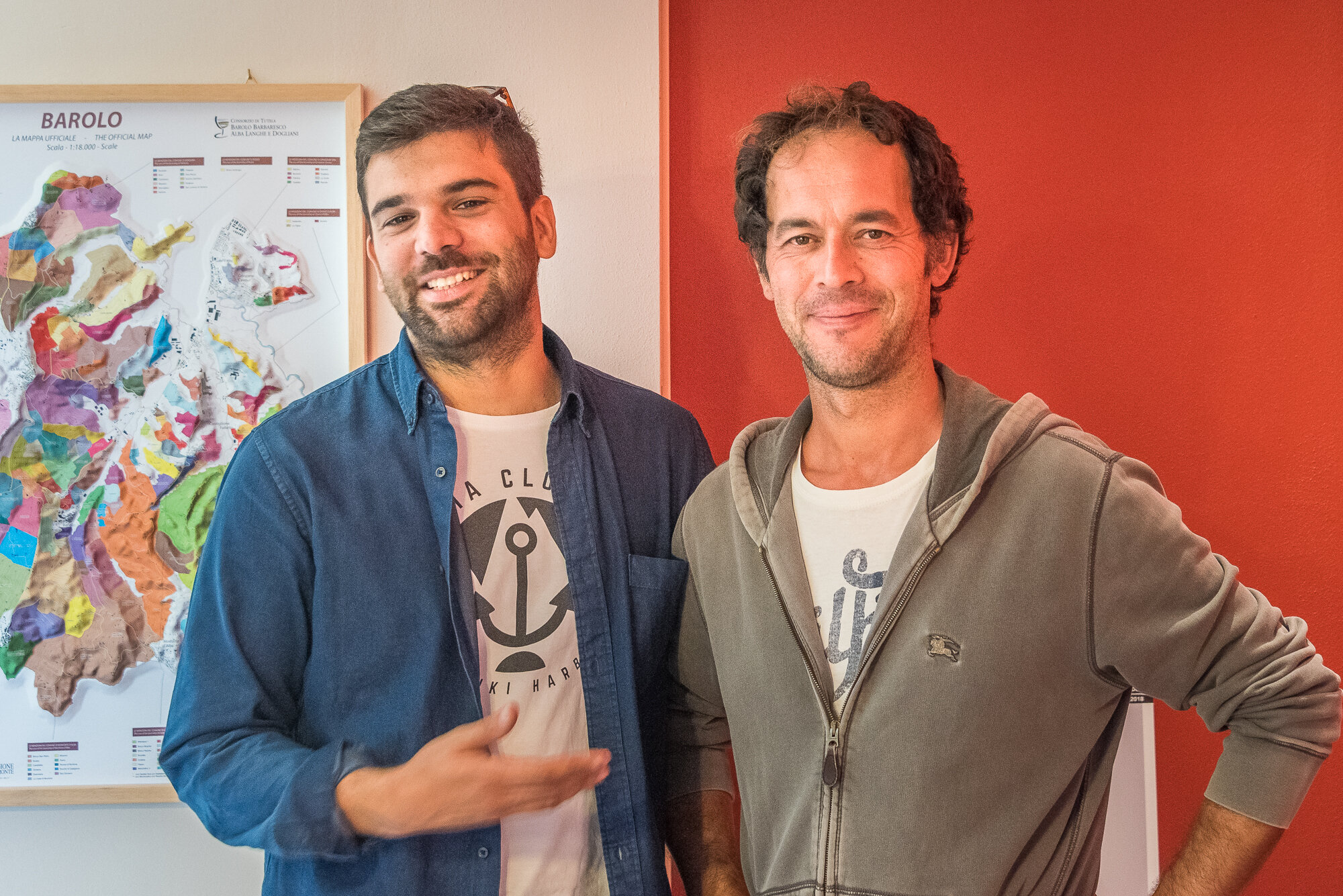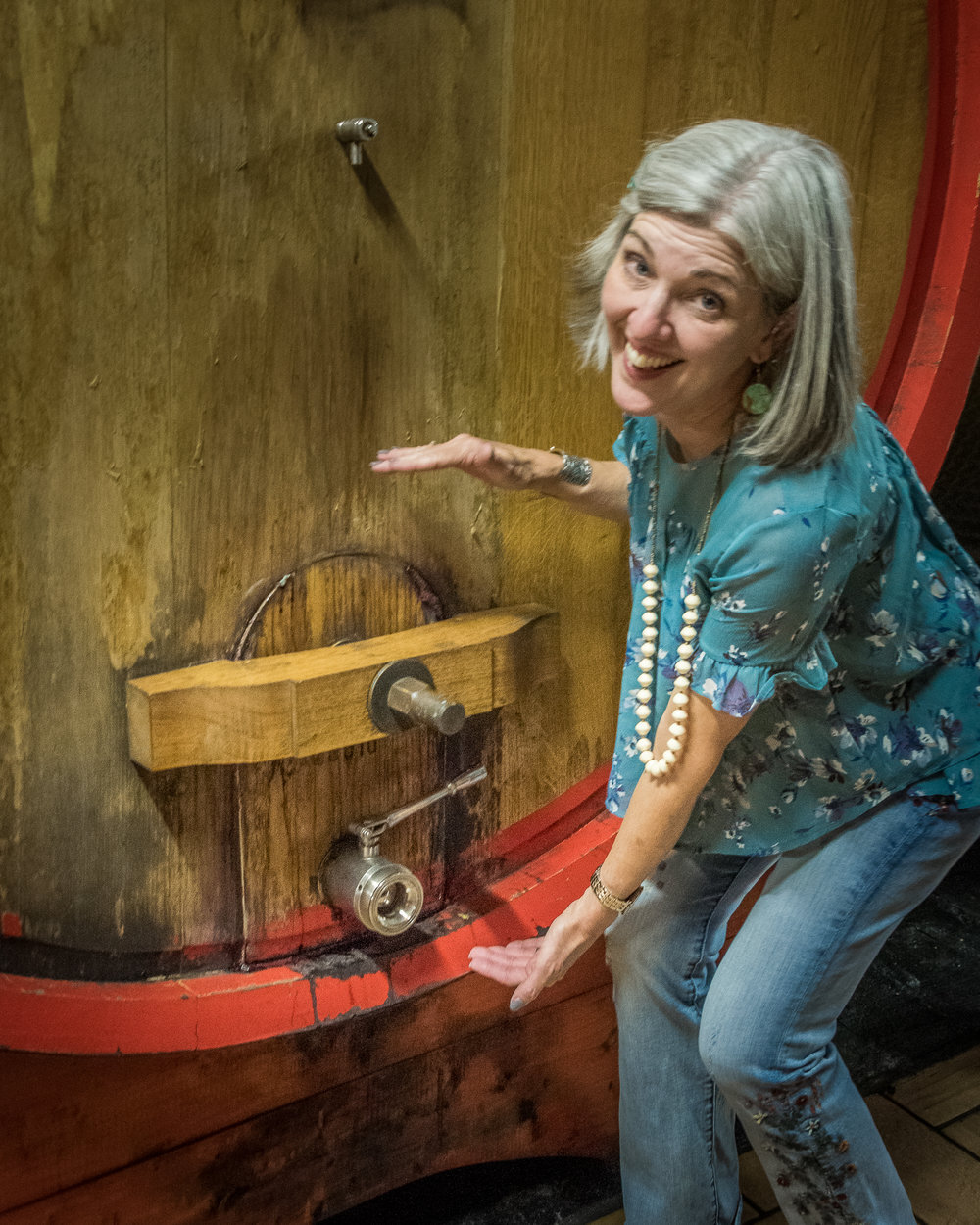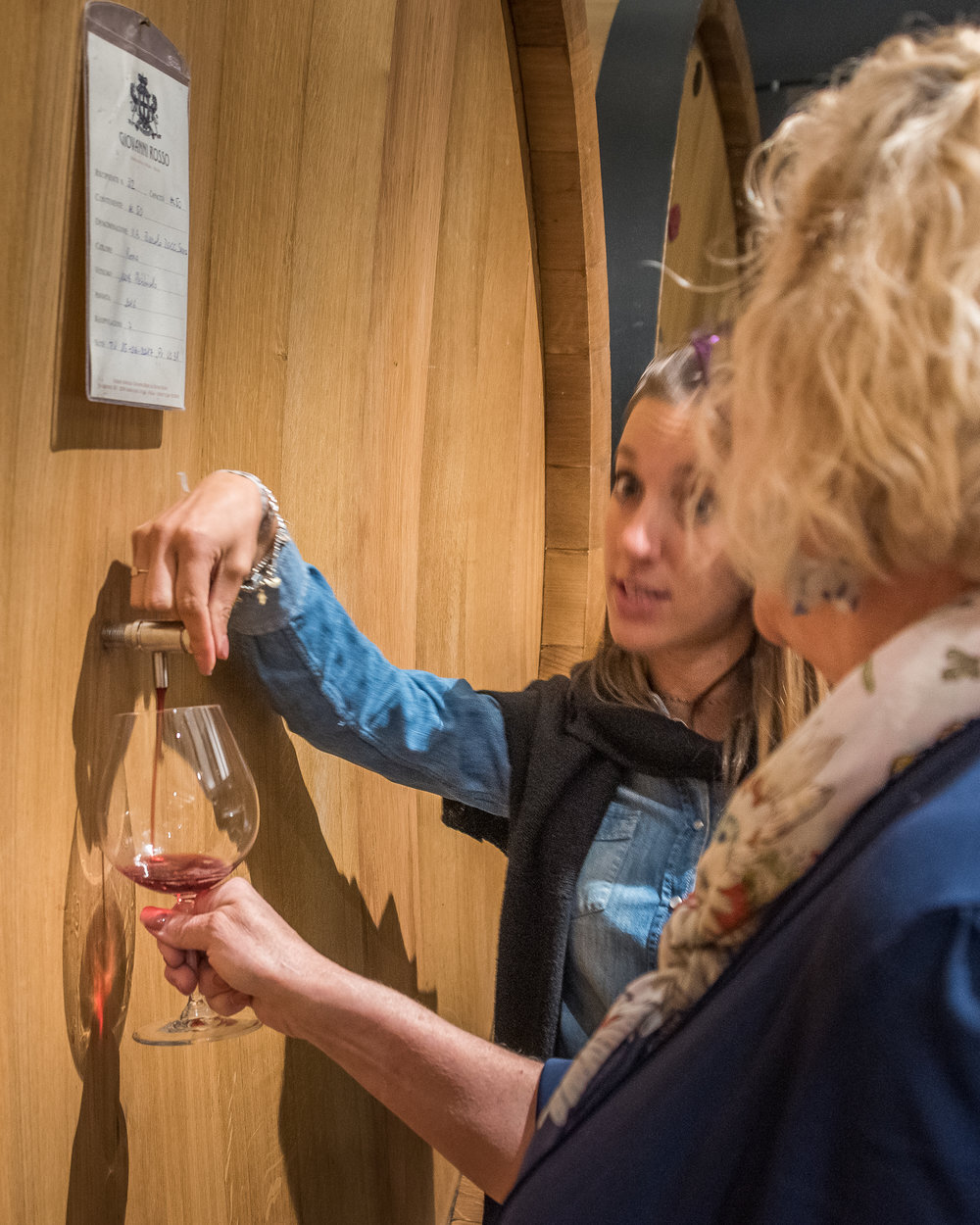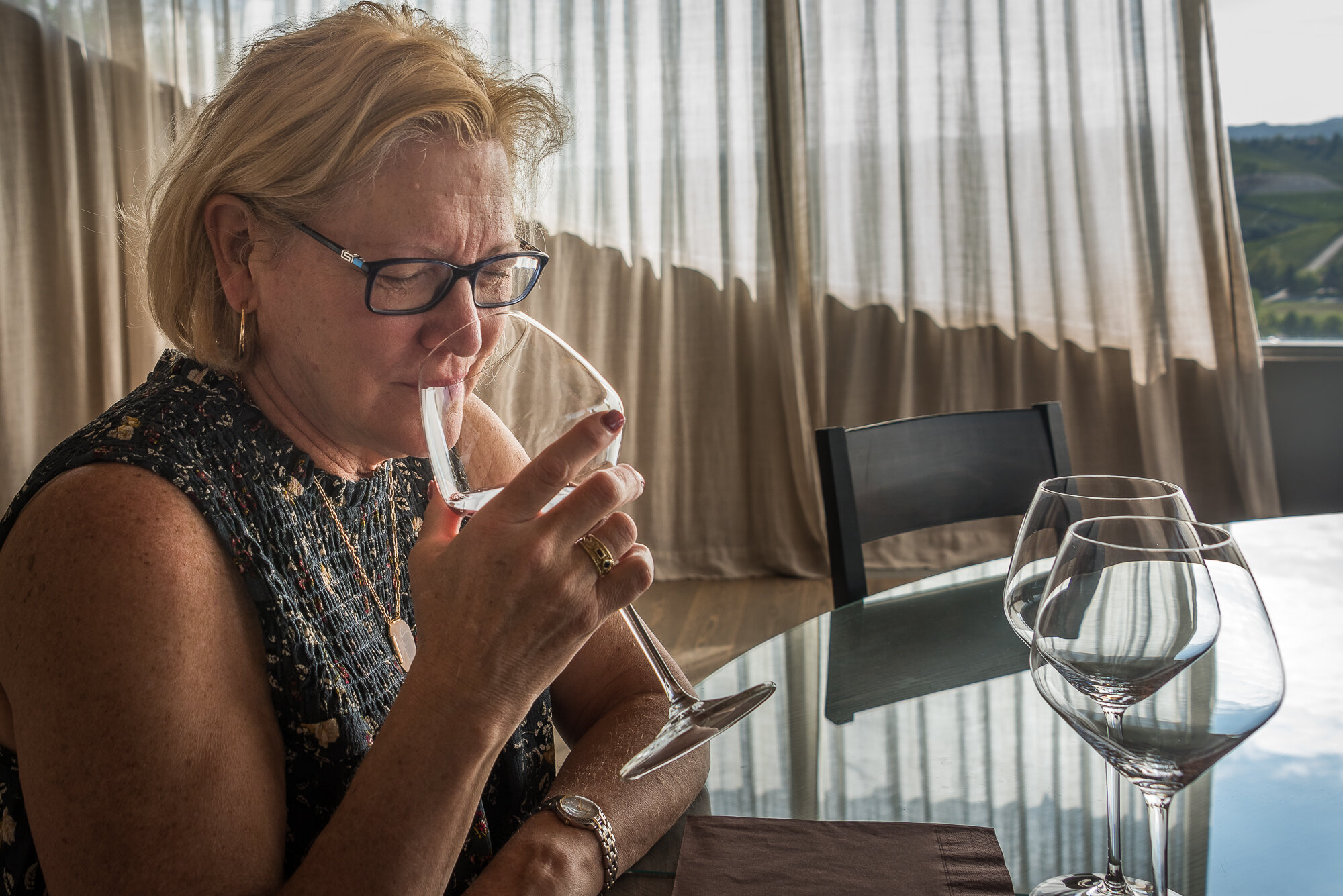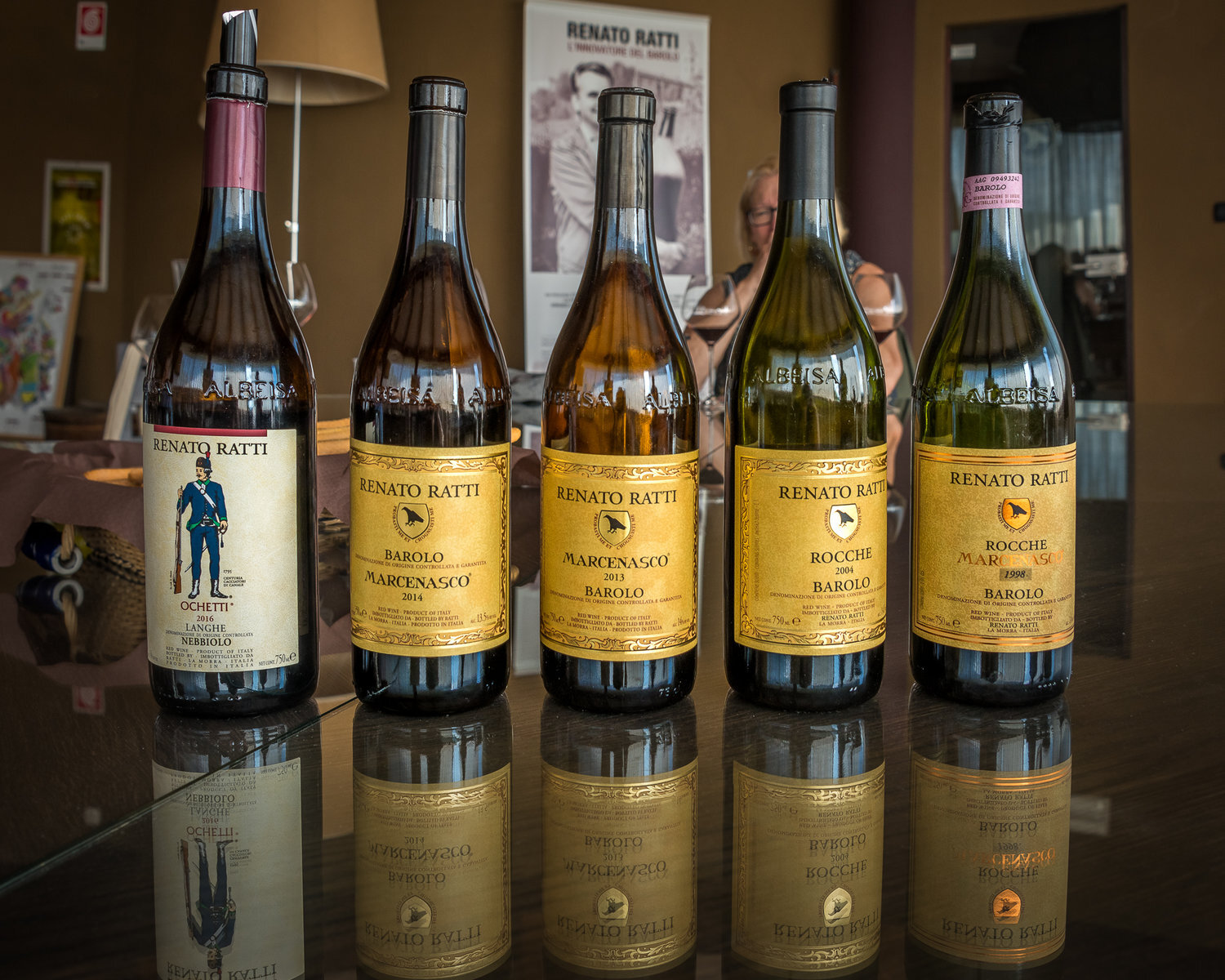In Italian, it’s ‘San Marco’, and in English, it’s Saint Mark. As today’s article deals with the lion that is associated with the Republic of Venice, I will use the more appropriate Italian ‘San Marco’.
A beautiful example of a painting featuring the winged lion of San Marco
Venice is just full of paintings, drawings, sculptures, and other artworks depicting a winged lion with it’s paw propping up a book. So, what’s that about? It’s the long-used symbol for Venice, whether referring to the Republic of Venice of old, or the City of Venice today. Oh, and not just in Venice, but in the Italian region of Veneto. And well, even in the US…hmm, that’s interesting…why’s that? And what does a winged lion have to do with our Biblical Gianni-Marco (John Mark) of Apostle fame?
[I’ll sprinkle in a few photos I’ve taken in Venice over the years, each featuring the winged lion of San Marco…just click on them for a larger view]
San Marco and the Venetian Republic
The ubiquitous wall plaque depicting the winged lion of San Marco
Let’s start with San Marco’s relationship to Venice and the Venetian empire. It’s roots are a bit tenuous, as it is a Venetian ‘tradition’, and may be nothing more than that…but on the other hand….
The story is that when San Marco traveled to Europe (which is well documented Biblically), he went through the lagoon which was to become the Venetian lagoon a few centuries later. While there in the lagoon, an angel appeared to him and said, "Pax tibi Marce, evangelista meus. Hic requiescet corpus tuum." So, there you have it.
Another wall plaque
Now, why does the lion have wings? OK. Sorry, that wasn’t nice of me just to leave you hanging…I’ll now get right back to the lagoon thingie to finish up that explanation.
The translation of that Latin phrase above boils down to, "Peace be with thee, O Mark, my evangelist. Here thy body will rest." So, according to this tradition, San Marco was destined to rest in what was to become, the Venetian lagoon. Which is where it does rest today. So, how did his body get to Venice?
Statue found in Campo Manin…Judy’s favorite
San Marco’s remains came back to the lagoon through a bit of skullduggery. In 828, Rustico da Torcello and Bon da Malamocco, who were merchants of Venice (not to be confused with THE merchant of Venice), traveled to Alexandria, Egypt to steal San Marco’s body. San Marco was there because he had established the Church of Alexandria around the year 48AD.
Painting by Très Riches Heures du duc de Berry
A few years later, San Marco was martyred by angry Alexandrians who objected to his leading the locals away from the worship of their traditional gods. San Marco was dragged through the streets of Alexandria with a rope around his neck until dead.
Here we see a 14th-century painting depicting this event.
So, our two merchants developed a plan to purloin the body of San Marco. After excavating his body, they packed it in a barrel and covered it with pork. The pork was to keep curious Muslim officials from examining the contents of the barrel. After our merchants arrived back in Venice, San Marco’s bones eventually made their way to a crypt in the Basilica San Marco, where his remains rest to this day.
The actions of these two merchants brought both religious and political clout to the Venetian republic
Here is a painting of our two merchants, along with their two Greek-monk co-conspirators.
“St Mark's Body Brought to Venice” by Tintoretto
In the Tintoretto painting, Marco’s body is in pretty decent shape for having been exhumed after 800 years, don’t you think?
So, that’s why San Marco is so important to the former Republic of Venice and the modern-day City of Venice. Now, what about that lion?
The front of the beautifully adorned Basilica San Marco, on Piazza San Marco
The Lion, and How He Gets His Wings
The origin of the relationship of the lion and San Marco is a bit loose, so bear with me.
According to Steve Burkett, in his blog article titled, “Transforming the Cathedral of San Andreas” [2015], he says, “…you will note [in a mosaic fronting the church] three animals and one man, all winged and haloed. These are the traditional symbols of the Apostles. To Christ’s extreme right is Mark, who is always shown as a lion (and as he is the Patron Saint of Venice, it is called ‘The Lion City’)…”. We are lucky that these words have lasted for…well, not centuries…but about 5 years, at least. The point is that it has long been a tradition to associate San Marco with a winged lion.
At the base of a Piazza San Marco flag pole
Here is another recent source that (in a rather poor translation) suggests that, “The lion, that is well-known as symbol of power, pride, magnificence, nobility and courage, was associated to Mark because it emphasizes the Resurrection power, the majesty and the regality of Christ and the characteristics of his Gospel…and in order to describe Giovanni Battista [John the Baptizer] who announces to the men the arrival of Jesus, began his book with the citation ‘the voice of one that shouts in the desert’ that makes people imagine to the roar of a lion.” This, according to the company "‘Arte 2000’, which is a handcrafted Italian workshop that works with marble. ‘Nough said, right?
So, now we have two somewhat questionable authorities explaining why the winged lion is associated with San Marco. Want something more credible? OK, read on.
As seen from your romantic gondola ride, the winged lion on the pedestal, and on the top of the campanile. Previous Venetian patron saint, Theodore, on the other pedestal.
The next source is the Holy Bible, in the book of Ezekiel. He says that he had a vision from God and in Ezekiel 1:10-11, he states, “The form of their faces was that of a man, …a lion on the right side…an ox on the left side, and…an eagle. Such were their faces. Their wings were spread upward; each had two wings touching the wings of the creature on either side…”.
This is reportedly the inspiration for the winged lion that became associated with San Marco, and became of interest to the Venetian empire after his relic remains were brought there. The three other creatures (the man, ox and eagle) became associated with the other three apostle gospel writers (Matthew, Luke, and John, respectively).
Well preserved winged lion located within The Frari
So, now we have San Marco associated with Venice because his relic bones came to rest there, and we have a lion associated with San Marco, and we have wings on that lion. The picture of the winged lion of San Marco is now complete. But, what about that book upon which the lion’s paw has rested for centuries?
This book has the inscription “Pax tibi Marce, evangelista meus”, or ‘Peace be with thee, O Mark, my evangelist’. The first three words are on the left page, and the last two words are on the right page. You will often see it abbreviated a good bit to fit the size of the page.
The Winged Lion of San Marco & Venice in Art
So, I now give you several artistic interpretations of the Winged Lion of San Marco, handed down through antiquity. The first is the coat of arms of the Republic of Venice. The others are art works showing San Marco, each with his accompanying lion…some fierce, and some whimsical. The first is the coat of arms of the Republic of Venice. The second painting is a bit strange, don’t you think? I mean, Marco with a quill pen (is he checking to see if there is ink in there?), bound books, Renaissance-styled clothes…almost as strange as the goofy looking lion by his side. Click on the coat of arms to see larger versions.
Judging by these paintings, it’s pretty obvious that no one knew exactly what San Marco looked like!
In Connection with the USA
Earlier, way up above, I mentioned a winged-lion-of-San-Marco connection to the USA. Here is that explanation…actually, a couple of them.
Sleeve insignia of the US 332nd Infantry Regiment from WWI
First, here is a World War I connection. This uniform from WWI shows the sleeve insignia of the US 332nd Infantry Regiment (United States), which served alongside Italian troops…remember in WWI, we were on the same side.
US Army Africa insignia of Caserma Ederle
Second is a connection to our current military. It’s the United States ‘Army Africa’ insignia for our base in Caserma Ederle, which is in Vicenza, Italy. We have troops stationed at Caserma Ederle (Camp Ederle), should they be needed by Italian authorities.
The Flag of the Venetian Republic
I’ll leave you with the absolutely beautiful 17th century flag of the Venetian Republic. If their national anthem was related to this flag, as ours in the US is, it must have been a very complicated anthem.
Flag of the Republic of Venice
Now you have an idea why San Marco is associated with the Venetian Republic. And, you have some idea why a lion is related to Venice and its history. And you have some idea why there are wings on the feline animal of interest. And finally, you know how to read a bit of Latin. Yes, you now know it all. Go tell your friends…impress them with your knowledge.
And, I hope to gaze at the winged lions of San Marco along with you on some trip to Venice. Until then…
Ciao for now,
Steve
If you didn’t read this in connection to an email, subscribe here










